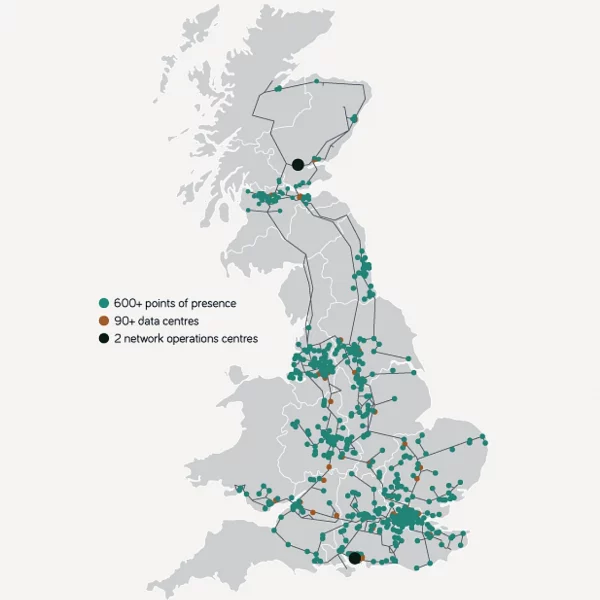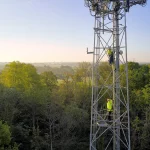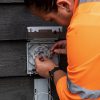Neos Networks Add DDoS Protection to Dedicated Internet Access Service

Neos Networks, which operates one of the biggest 34,000km long and 400Gbps capable business fibre networks in the UK – spanning 550 exchanges, 90+ data centres and 600+ Points of Presence (PoPs), has today announced that they’ve integrated Distributed Denial of Service (DDoS) Mitigation as a built-in feature of its Dedicated Internet Access (DIA) service.
The DIA solution is a high-capacity leased line (Ethernet) style service for businesses, which enables customers to scale up their bandwidth gradually from as little as 10Mbps and all the way up to 10Gbps as your needs evolve. But the issue of connection security, at this level, is often left up to the customer to resolve themselves (i.e. directly or as an optional paid extra).
However, Neos has now opted to introduce a new platform from Corero, which they say adds protection that can detect and neutralise Distributed Denial of Service (DDoS) attacks in real-time on their network. This is being offered in flexible tiers, allowing customers to scale their security as their needs evolve. The tiers are as follows:
Advertisement
- DDoS Mitigation – Always-on, real-time protection with auto-mitigation, weekly reports, and 24/7 monitoring for customer internet services.
- DDoS Monitoring – Continuous traffic monitoring and monthly threat reports, with a fast upgrade path to DDoS Mitigation.
- DDoS Standard – DDoS protected-core network included with all DIA circuits.
David Bruce, Chief Revenue Officer at Neos Networks, said:
“Businesses are demanding DDoS protection by default – they want reliable, secure internet access, without needing to invest in or manage additional on-site infrastructure. Our latest enhancements reflect this shift in how organisations can access secure and reliable connectivity. Whether it’s a direct customer looking for peace of mind, or a wholesale partner aiming to offer added value without the complexity, our tiered DDoS offering provides the flexibility and simplicity they need.”
Mark is a professional technology writer, IT consultant and computer engineer from Dorset (England), he also founded ISPreview in 1999 and enjoys analysing the latest telecoms and broadband developments. Find me on X (Twitter), Mastodon, Facebook, BlueSky, Threads.net and Linkedin.
« Gov Planning New UK Law to Help Protect Subsea Fibre Optic Cables






















































Is it me or is there a serious area of missing network for 10 counties of Wales, Devon, Cornwall and West Somerset?
They use third parties to fill the gaps.
It is indeed just you. The network goes to Exeter in Devon though no further, presumably the 75km ti Plymouth was too expensive. The rest were intentionally not built to. The core network fibre tends to be where the businesses and people are and the bits of Wales missing are sparsely populated with no large settlements, Minehead’s 12,000 people don’t cut it and Cornwall is hard to reach with the largest settlement less than 25,000 people.
Same reason there are no POPs in Cumbria or Northumberland, the fibre goes straight through on its way to Scotland.
@pp – “Same reason there are no POPs in Cumbria or Northumberland, the fibre goes straight through on its way to Scotland.”
Wrong. They have multiple pop sites in that region used as repeater sites. The fibre doesn’t go “all the way the way through. They just don’t show them all on the map.